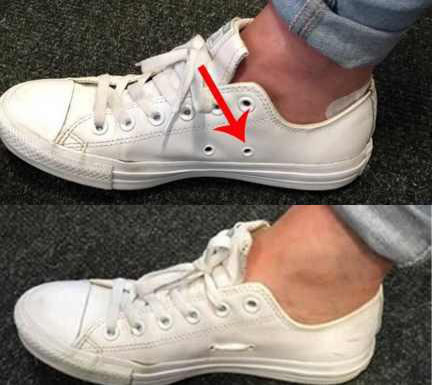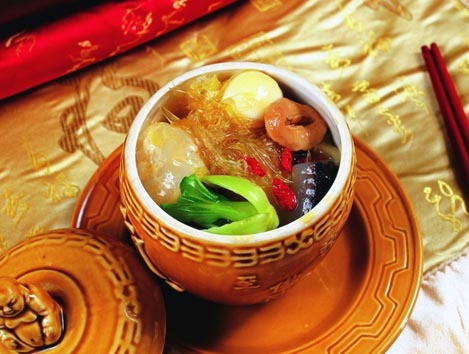Research from the University of Wisconsin found that plants also feel pain when attacked. They secrete a calcium-containing substance that travels throughout the body, acting like the body’s pain message. Additionally, while they are motionless while growing in the soil, they will fight back when threatened.

Scientists say that when a leaf is plucked from a plant or gnawed by insects, an excitatory neurotransmitter, glutamate, stirs up calcium-containing substances and spreads throughout the plant’s leaf veins.
This wave of information then activates self-defense hormones, reminding other parts of the body that it is “in danger” and needs to defend itself, but this series of “actions” cannot be noticed by the outside world.
The research team originally wanted to study the response of plants to the influence of gravity, so they genetically modified a mustard plant so that it would fluoresce when the mineral content increased. But unexpectedly, they discovered that when the plant is injured or touched, it will actually glow, and light waves will flash through the veins of the leaves.
In addition to trying to cut leaves with scissors, scientists also let caterpillars eat plants, and they could see the plants glow. Scientists believe that the function of this reaction is to help plants avoid harmful insects. The self-defense hormones of some plants emit disgusting smells, which can repel insects and reduce the chance of being eaten.
In addition, there are also plants that emit hormones that attract wasps, which then hunt the animals that attack them.
Botanist Simon Gilroy said that when attacked, the plant responds within seconds and spreads throughout each leaf within minutes. Although this is slower than human nerve conduction, it is quite amazing.
In fact, animals and plants have many similarities and face similar threats to their survival. Their ability to sense the environment may be better than ours, because they cannot stand up and walk away.




